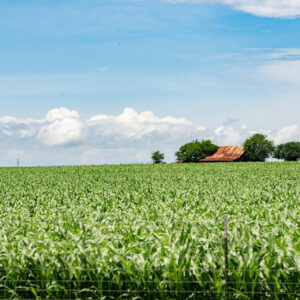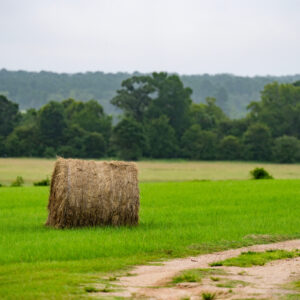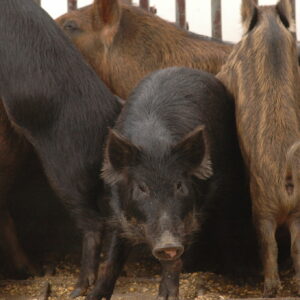 Alternanthera philoxeroides Martius) Grisebach
Alternanthera philoxeroides Martius) Grisebach
[Amaranthaceae]
The stems of alligatorweed are long, branched and hollow with 2 leaves opposite each other. The flowers grow from the axils of the leaves. They have five white sepals and appear as white balls. Alligatorweed is found in ponds, lakes, streams, canals and irrigation ditches and can form dense, sprawling mats.
Alligatorweed is usually found growing in water, it is also capable of growing in a variety of habitats including dry land.
Alligatorweed is usually found growing in water, it is also capable of growing in a variety of habitats including dry land.
Alligatorweed should be dealt with carefully to avoid spreading the weed to new areas because it reproduces through stem fragments and seeds. These mats impede water travel and flow as well as clog drains and water intake valves. Thus, it can cause both economic and recreational access problems.
The primary method now used for control of alligatorweed in Texas is biological control with alligatorweed flea beetle. In 1963, their were 97,000 problem acres of alligatorweed in the United States, however, by 1981 there was less the 1,000 problem acres. This change is primarily due to biological control with the alligatorweed flea beetle. Although periodic problems do arise, little herbicide control is needed for control of alligatorweed today, due to the control provided by Agasicles hygrophila.





